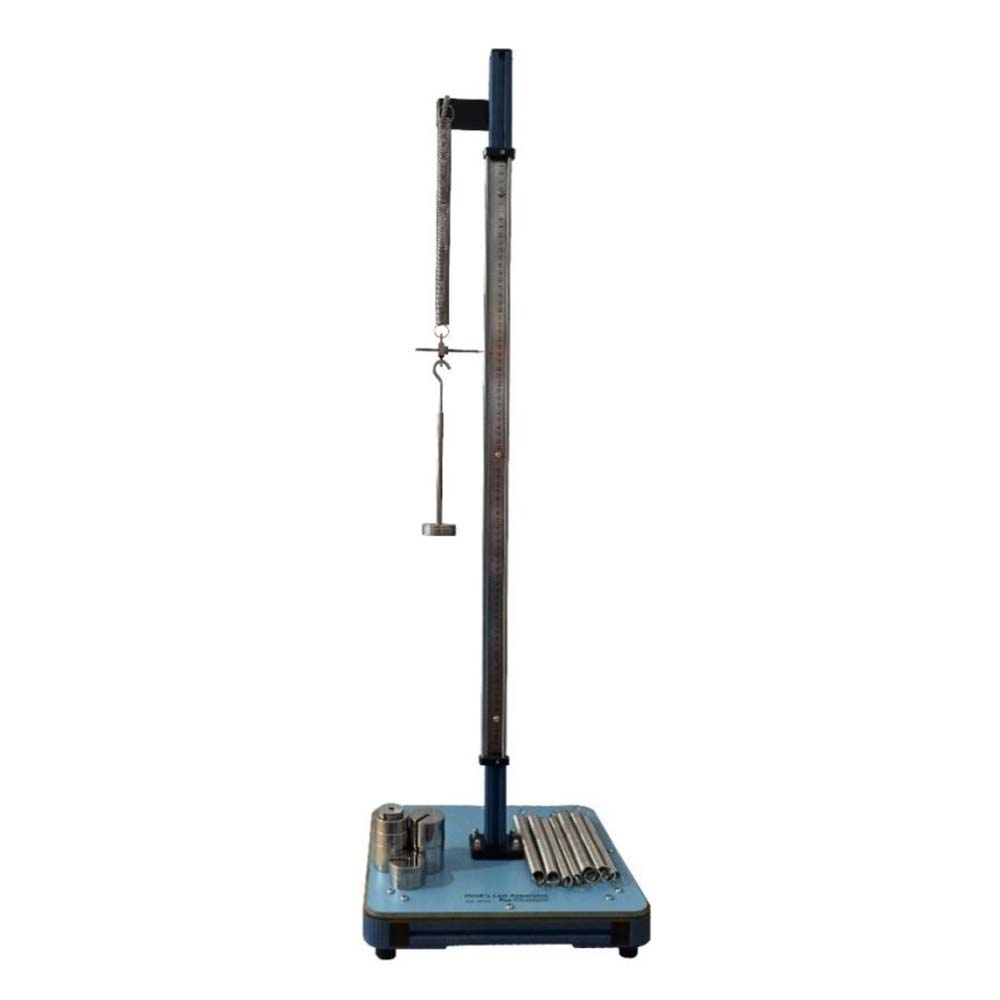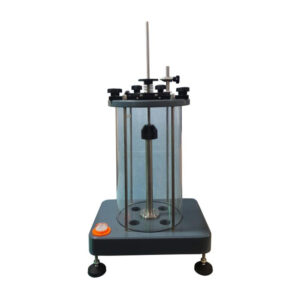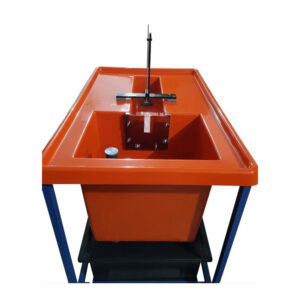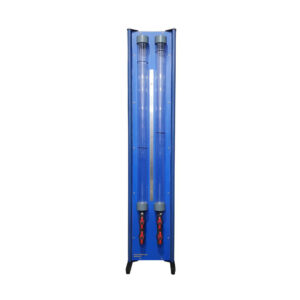This apparatus’ main purpose is to investigate the behaviour of a mass on a spring in order to study Hook’s Law and simple harmonic motion. Your aim is to measure the stiffness of a particular spring. According to Hook’s Law, the spring’s extension within the body’s elastic limit is directly proportional to the applied load. The device consists of a helical spring suspended along a scale attached to a metal rod. The spring’s opposite end is unattached. On its free end are a hanger and a pointer. The elastic behaviour of components, where deformation is proportional to the load placed upon them, is described by Hooke’s Law. When metals are subjected to light loads, this behaviour is normal. The Hooke’s law device demonstrates how tension springs deform when loaded. A spring is suspended from a stand and pressed down by a weight for this function. The length is immediately read off of a scale. Hooke’s Law can be used because it is demonstrated that the active force and the elongation of the spring have a linear connection.
Experiments:
- Investigation of the proportionality of the active force and the spring deflection.
- Determination of the spring constant.
- Series configuration of two tension springs.
- Investigation of the influence of the spring constant on the frequency of a spring-mass system
Specifications:
- Experiments relating to Hooke’s law and oscillation experiments on a spring-mass system.
- Metal stand with integral scale.
- Assorted helical spring as tension springs.
- Tension springs configured in series or singly.
- Load applied to tension spring by a set of weights.




